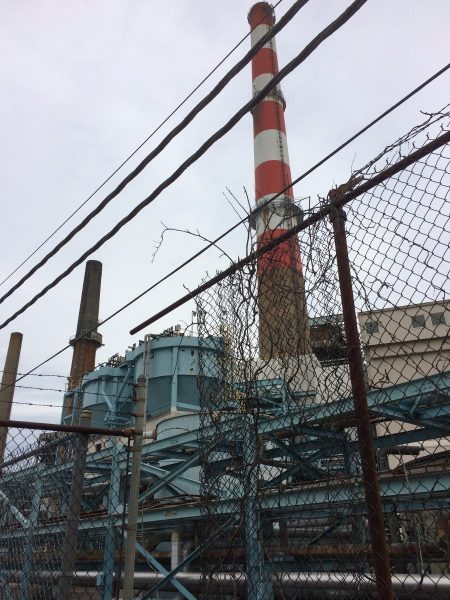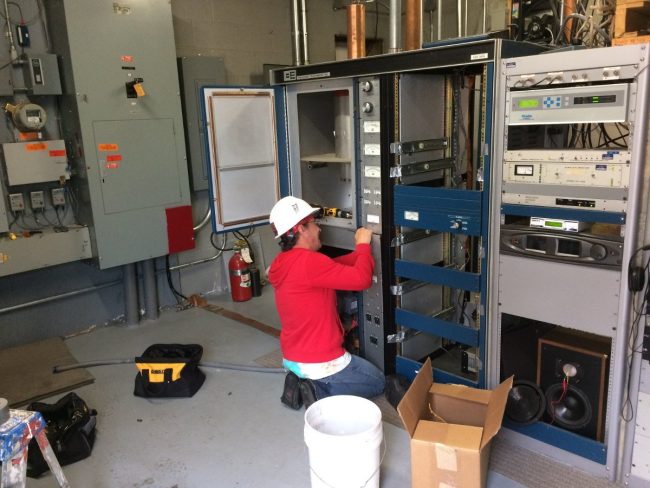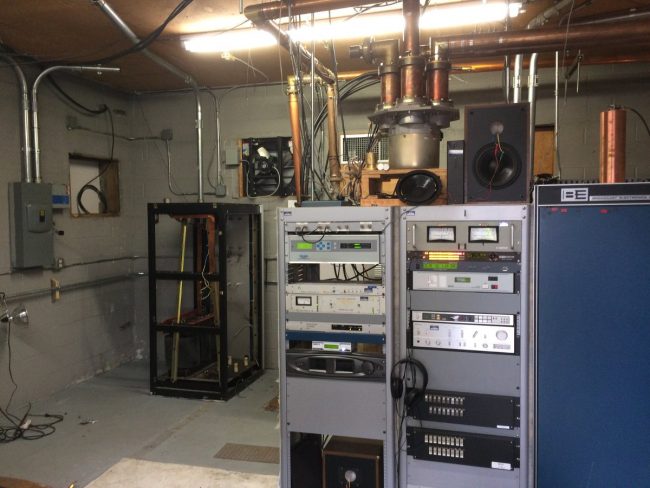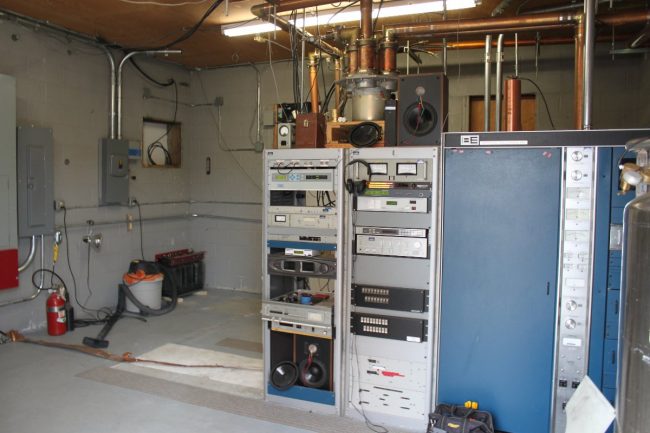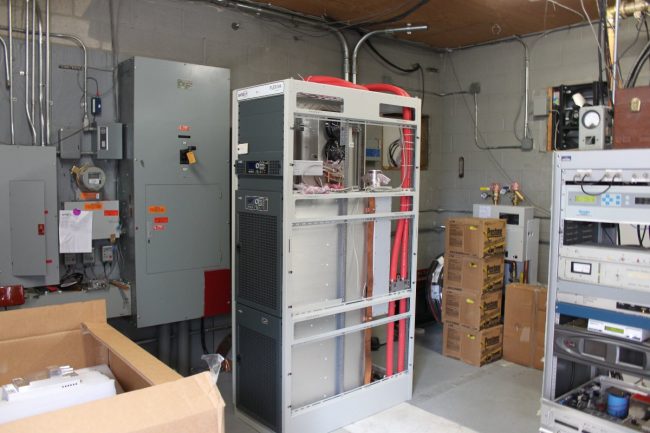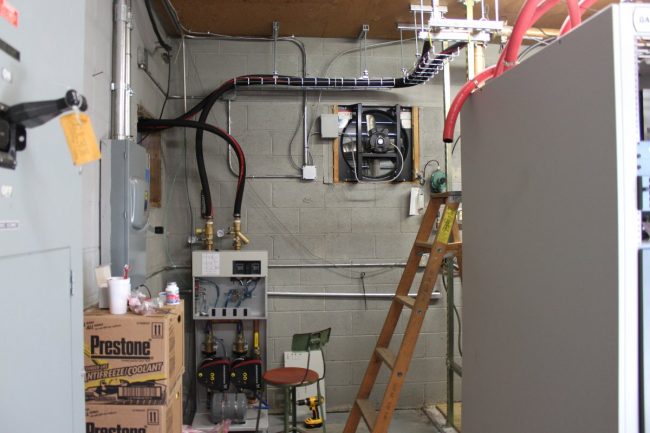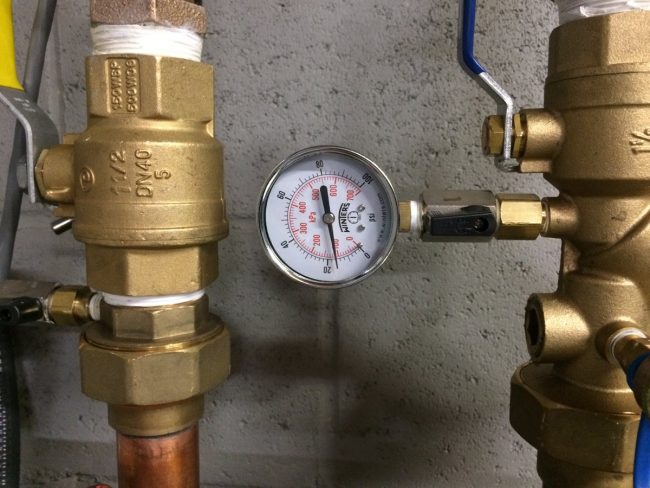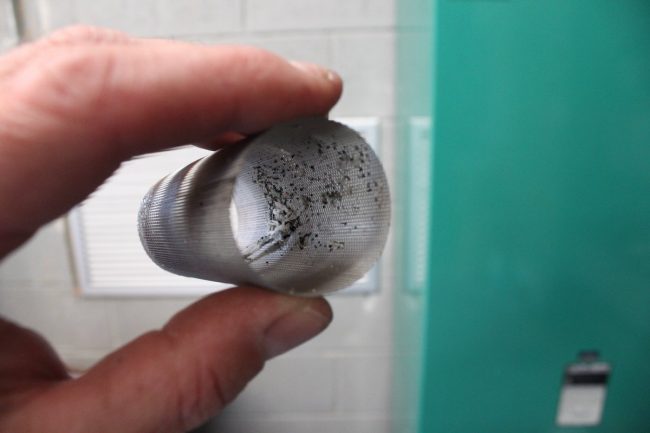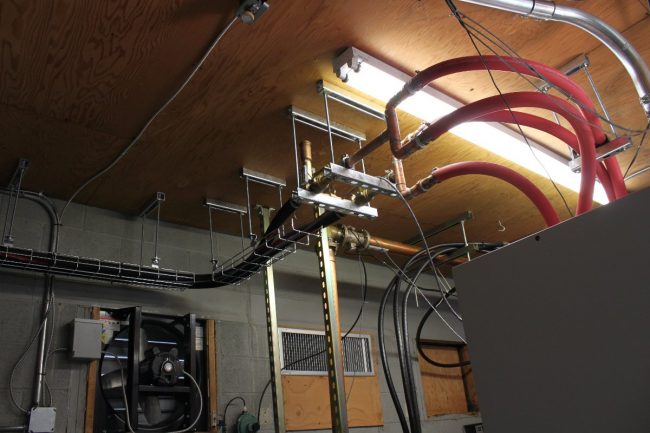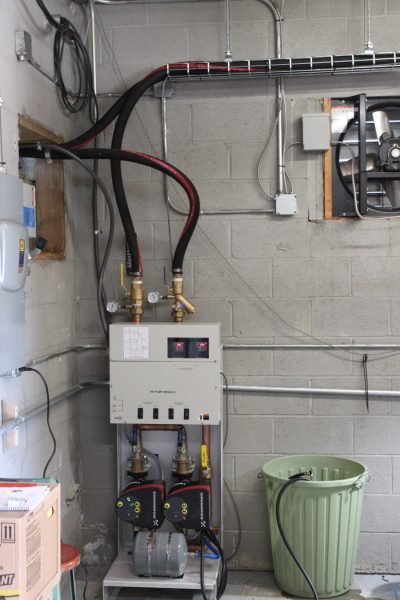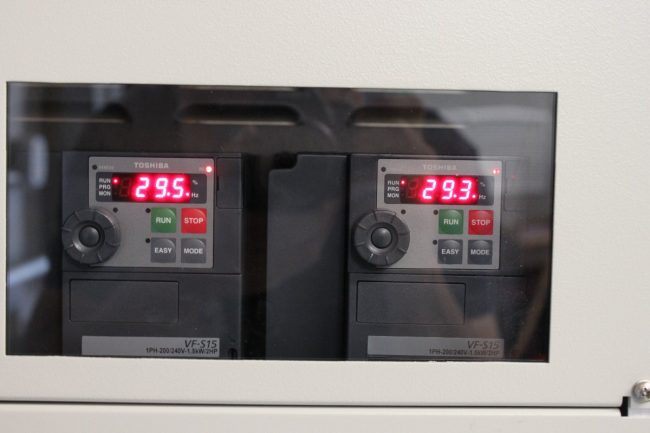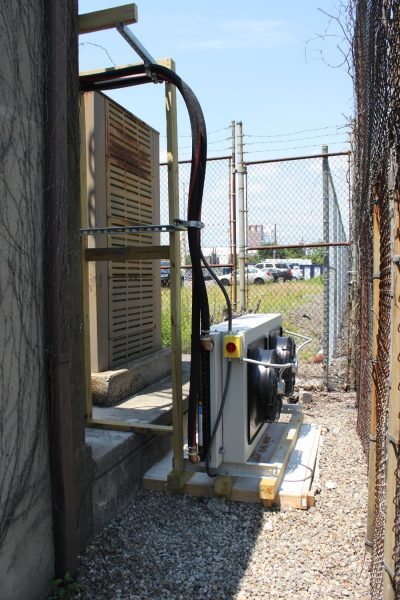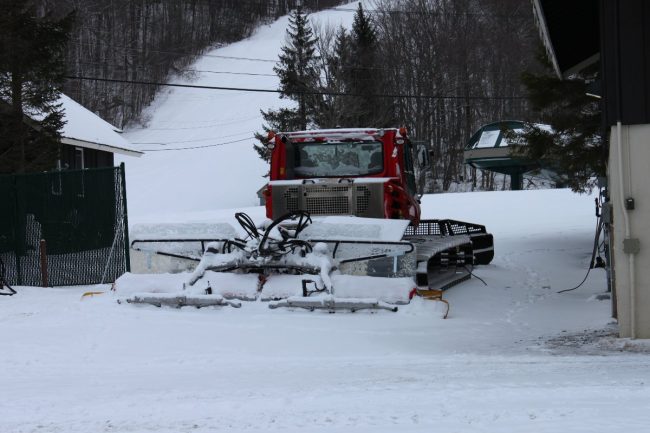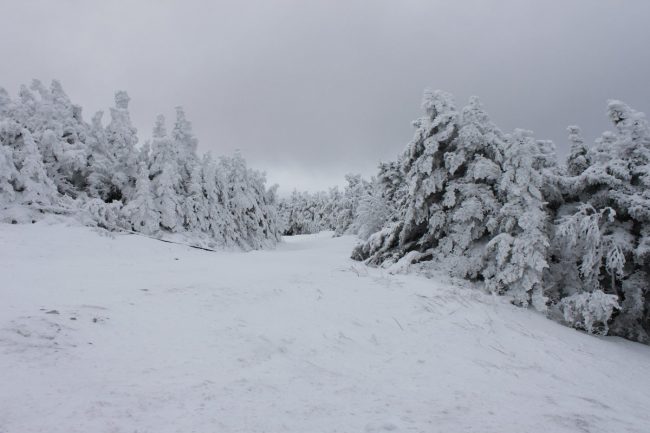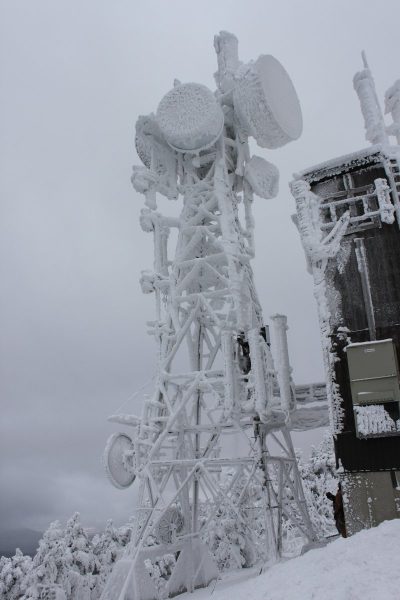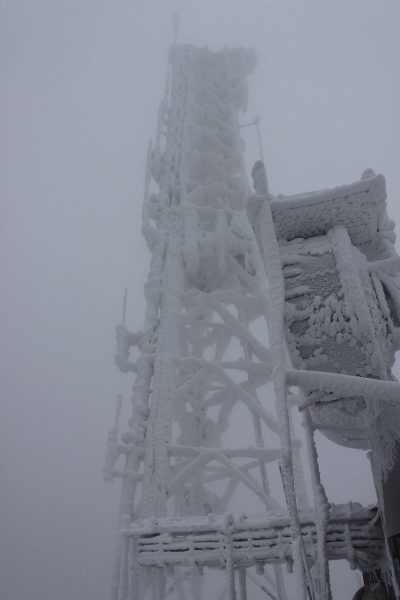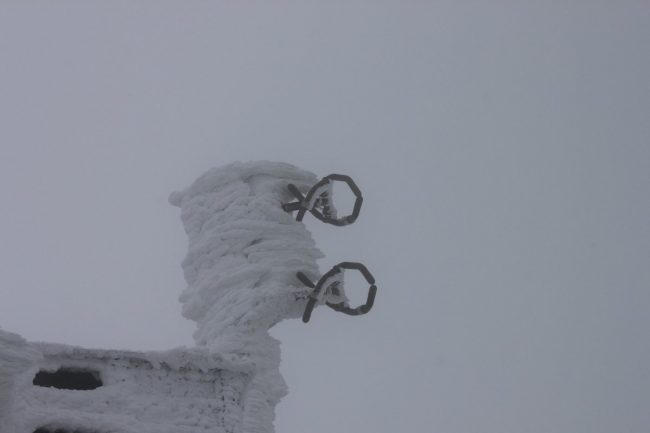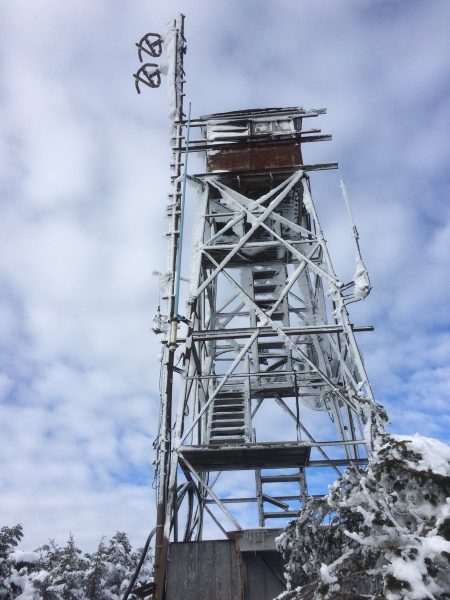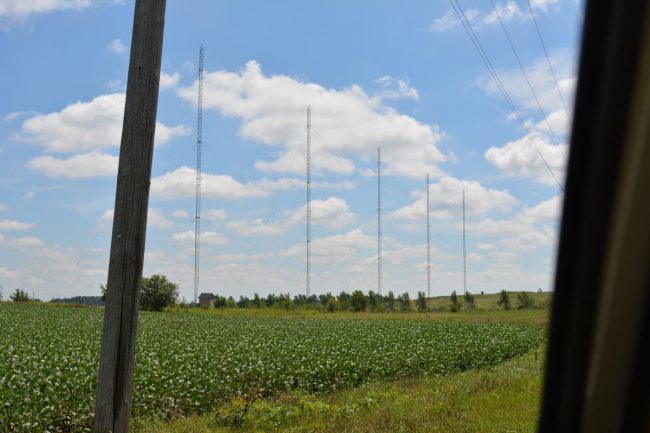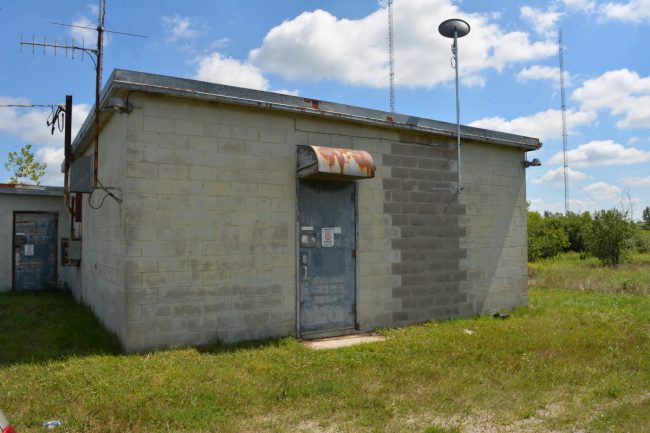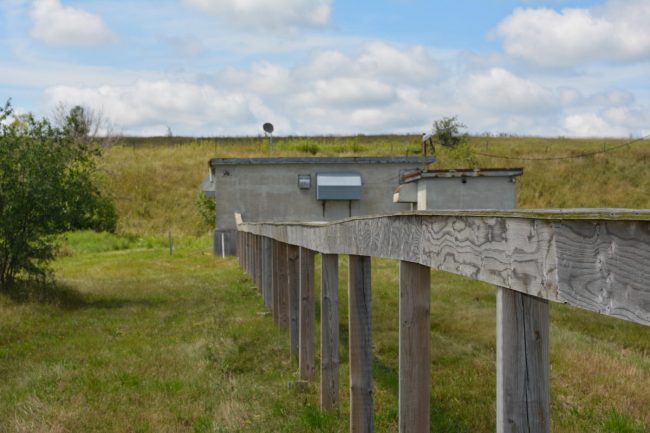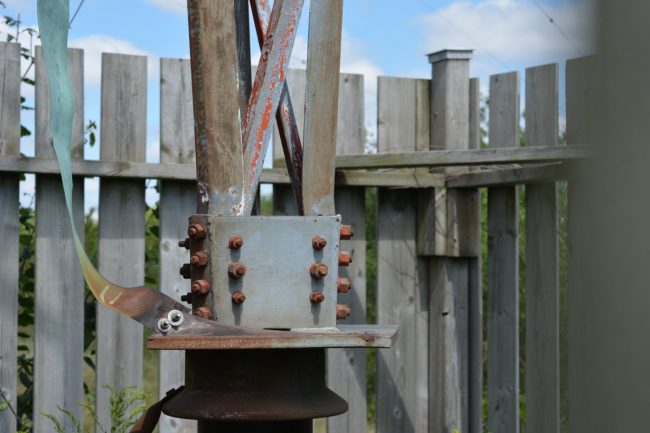After a bit of reflection and a few good conversations over the New Year’s Holiday, I decided that I should continue my work on this blog. I would like to thank all those that have stuck by and waited. I have received numerous emails and messages offline, all of which have been read and appreciated.
Since the abrupt stoppage last July, which was absolutely necessary for me, many things have happened within the business. Fortunately, during the hiatus, I was still taking pictures. After sorting through them, here are a few interesting things that happened:
At one of our client’s AM transmitter sites in Albany, NY a 2.6 Million Watt solar system has been installed.

This project required many steel mounting posts to be driven into the ground around the AM towers. I don’t even know how many, but I would hazard a guess of over three hundred. Each one of those mounting posts was hand-dug down a depth of 6-10 inches to look for ground wires. Where ever a ground wire was found, it was moved out of the way before the post was set.

Basically, the solar array covers about 1/2 of the antenna array field. All of the steel mounting hardware is tied into the ground system, making, what I am sure is a pretty large above-ground counterpoise.
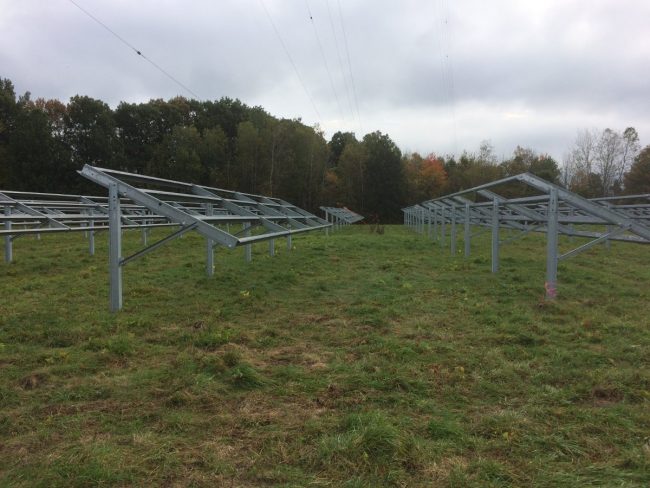
View from the south looking north:
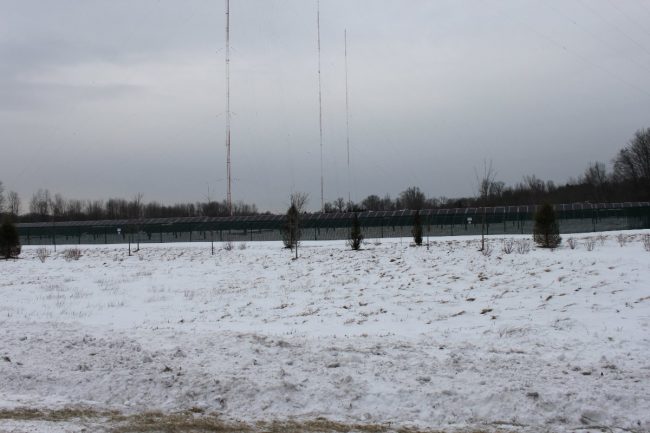
View from the north, outside of the transmitter building, looking south:
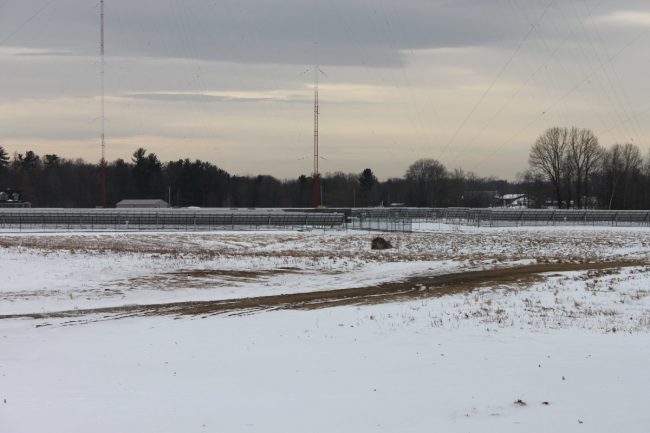
Power company interface and disconnect:
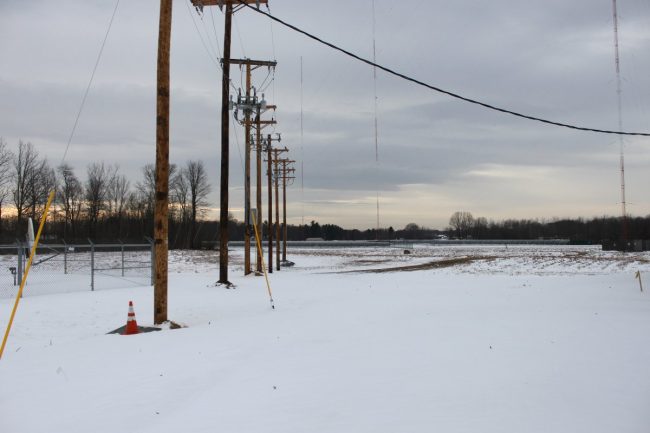
The utility company had to upgrade the transmission lines to the nearest substation to handle the additional power produced by the solar system. All in all, it was a fun project to watch happen.
At a certain studio building, which is over 150 years old, the roof needed to be replaced. This required that the 3.2-meter satellite dish and non-penetrating roof mount be moved out of the way while that section of the roof was worked on.
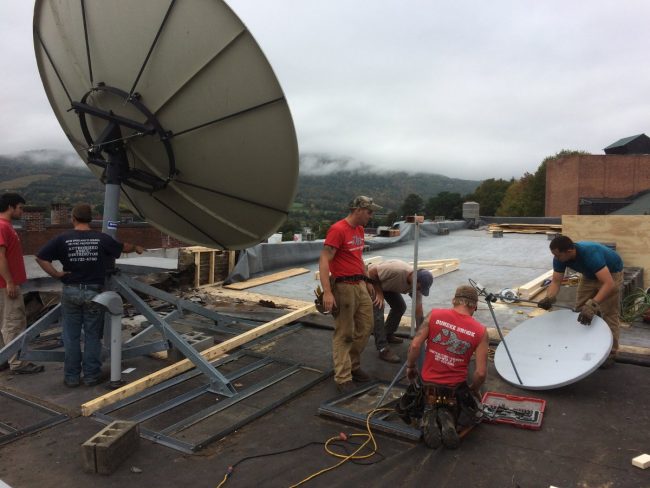
Dish was ready to move, and all of the concrete ballast was removed and taken down from the roof. The roofing contractors constructed a caddy and the entire dish and mount were slid forward onto the area in front of it. Since the front part of the roof was not reinforced to hold up the satellite dish, we did not ballast the mount and the XDS receivers ran off of the streaming audio for a couple of days until the dish was put back in its original position.
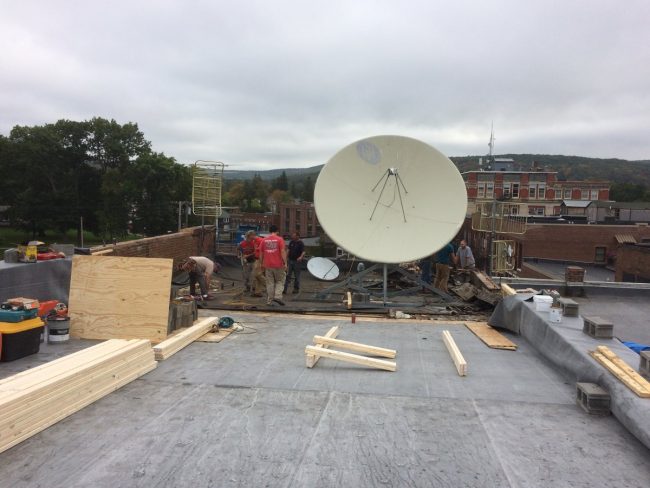
A couple of other studio projects have been underway in various places. Pictures to follow…
One of our clients sold their radio stations to another one of our clients.
There has also been a bankruptcy of a major radio company here in the good ol’ US of A. Something that was not unexpected, however, the ramifications of which are still being decided on in various board rooms. One of the issues as contractors is whether or not we will get paid for our work. All things considered, it could be much worse.
Learned a valuable lesson about mice chewed wires on generator battery chargers. I noticed that the battery charger seemed to be dead, therefore, I reached down to make sure the AC plug was in all the way. A loud pop and flash followed and this was the result:

My hand felt a bit warm for a while. The fourth digit suffered some minor burns. There is at least one guy I know that would be threatening a lawsuit right now. Me, not so much… All of the high voltage stuff we work on; power supplies that can go to 25 KV, and a simple 120 VAC plug is the thing that gets me.
The return of the rotary phase maker.

Mechanically derived 3rd phase used when the old tube type transmitter cannot be converted to single phase service.
Those are just a few of the things I have been working on. I will generate some posts on current projects underway. Those projects include a 2 KW FM transmitter installation, another studio project, repair work on a Harris Z16HD transmitter, etc
It is good to be back!

